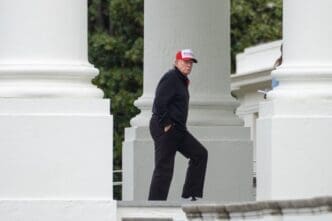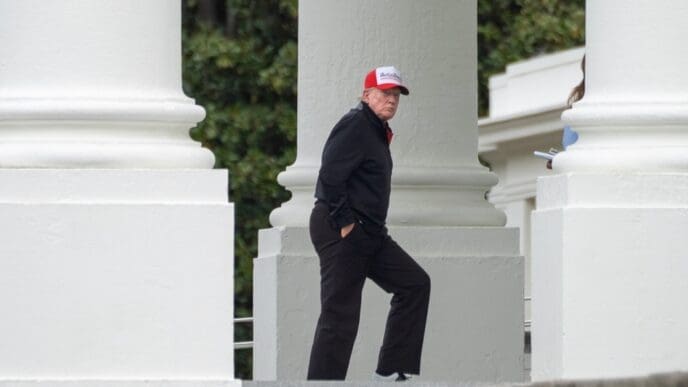Recent data indicates a surge in U.S. consumer concern over potential unemployment increases, reminiscent of the early pandemic period. According to the Federal Reserve Bank of New York’s March survey, consumers estimated a 44% likelihood of a higher national jobless rate a year later, a peak not seen since April 2020. This survey has added to a growing sentiment of economic uncertainty amid unpredictable federal policies and rising recession fears.
The March survey also highlighted growing individual job insecurity, with the perceived probability of job loss within the next year rising to 15.7%, the highest in 12 months. While subjective surveys point to a gloomy outlook (often deemed “soft” data), objective economic indicators, or “hard” data, reveal continued resilience. As of March, the U.S. job market has maintained its stability, sustaining over four years of employment growth, which bolsters consumer spending and ongoing economic expansion.
Despite this, concerns are mounting that persistent pessimism may dampen consumer spending, potentially leading to reduced business investments and a slowdown in economic activity. The New York Fed survey also noted a significant rise in short-term inflation expectations, climbing 0.5 percentage points to 3.6%, the highest in 18 months. Economists have warned that President Donald Trump’s tariff strategies and trade tensions could escalate consumer prices and rekindle inflation.
The survey findings suggest that immediate inflation concerns have not extended into the long term, with three-year expectations stable at 3% and a slight decline to 2.9% over five years. The Federal Reserve keeps a vigilant eye on varying inflationary expectations, as these can become self-fulfilling. If consumers anticipate higher future prices, they may increase current spending or demand higher wages, potentially prompting businesses to raise prices due to increased costs.
The Evolving Landscape
The data reveals significant implications for the everyday lives of American consumers, influencing spending behavior and financial planning. Rising fears of unemployment and increased inflation expectations could lead to more conservative financial decisions, impacting household budgets and savings strategies. This shift in consumer behavior might lead to reduced discretionary spending, affecting local businesses and potentially slowing economic growth.
For the broader economy, the disparity between subjective sentiment and objective economic indicators poses challenges in predicting future trends. Policymakers and businesses must navigate these mixed signals carefully, as consumer confidence plays a critical role in economic health. The current climate of uncertainty may drive consumers to prioritize financial security, impacting sectors reliant on consumer spending, such as retail and hospitality. As the situation evolves, monitoring these trends will be essential for understanding the potential long-term economic and social impacts.














